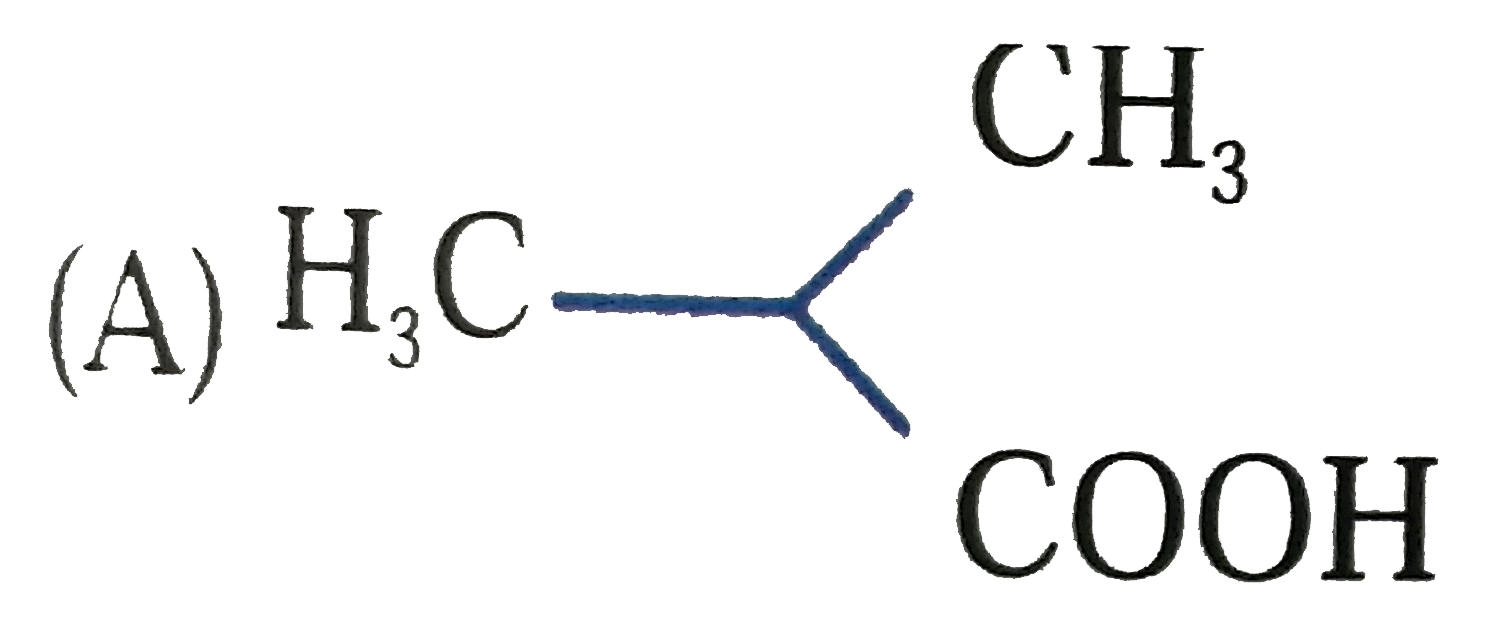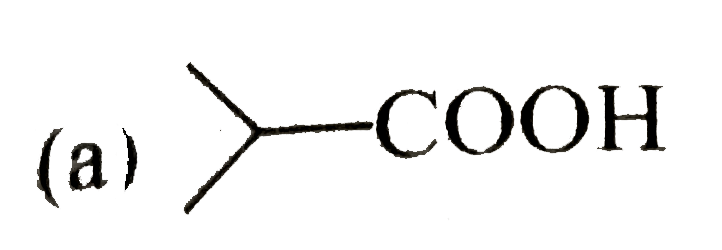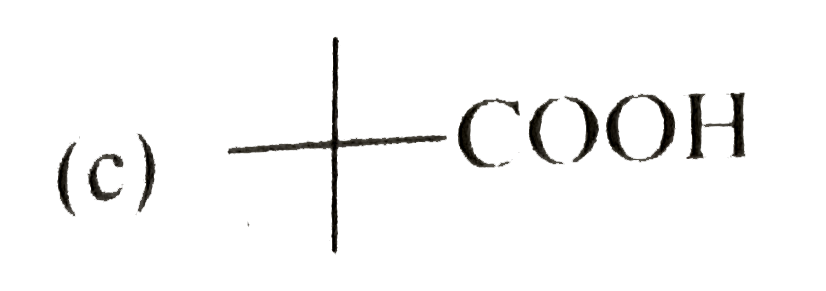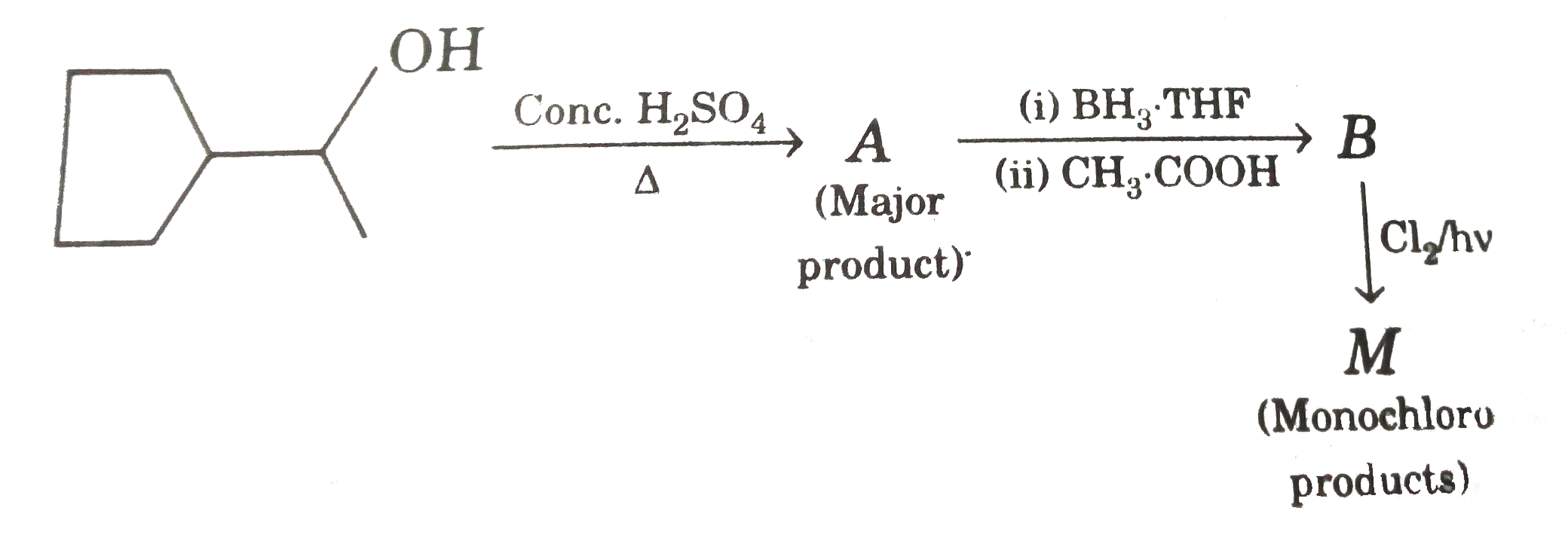Consider the given reaction
RCOOAgBr2/Δ−−−−→R−Br
Which one of the following aicd will give maximum yield of R-Br in the above reaction?
CH3−C∣CH3H−COOH
CH3−CH2−CH2−COOH
CH3−CH3∣C∣CH3−COOH
all will give same yield
The correct Answer is:B
Less hindered Carboxylic acid gives maximum yield in Hunsdiecher Reaction.
Topper's Solved these Questions
- CARBOXYLIC ACID DERIVATIVESBook:BANSALChapter:CARBOXYLIC ACID DERIVATIVESExercise:Exercise 2
Explore 39 Videos
- CARBOXYLIC ACID DERIVATIVESBook:BANSALChapter:CARBOXYLIC ACID DERIVATIVESExercise:Exercise 3
Explore 23 Videos
- CARBOXYLIC ACID DERIVATIVESBook:BANSALChapter:CARBOXYLIC ACID DERIVATIVESExercise:Exercise 3
Explore 23 Videos
- ALCOHOL, ETHERS & PHENOL, OXIDATION & REDUCTION Book:BANSALChapter:ALCOHOL, ETHERS & PHENOL, OXIDATION & REDUCTION Exercise:Exercise 3
Explore 28 Videos
- D AND F BLOCK ELEMENTSBook:BANSALChapter:D AND F BLOCK ELEMENTSExercise:EXERCISE-4 (SECTION-B)
Explore 7 Videos
Similar Questions
Knowledge Check
Consider the given reaction RCOOAgBr2/Δ−−−−→R−Br which one of the following acid will give maximum yield of R-Br in the above reaction?
A BCH3−CH2−CH2COOHC
BCH3−CH2−CH2COOHC DAll will given same yield
DAll will given same yieldConsider the given reaction : R−COOAgBr2/Δ−−−−→R−Br
Which one of the following acid will give maximum yield of R–Br in the above reaction:ACH3−C∣CH3H−COOHBCH3−CH2−CH2−COOHCCH3−CH3∣C∣CH3−COOHDAll will give same yieldConsider the given reaction, RCOOAgBr2/Δ−−−−→CCl4R−Br
Which one of the following acids will give maximum yield of R−Br in the above reaction ?A B
B C
C DAll will give same yield
DAll will give same yield
Consider the following reaction
RCOO−Ag+Br2−−→RBr+AgBr+CO2
The given reaction is known as X reaction and proceeds via a Y intermediate 'X' and 'Y' stand respectively for
View SolutionIn a SN2 substitution reaction of the type
R−Br+Cl−DMF−−→R−Cl+Br+
which one of the following has the highest relative rate?
View Solution
A on reaction with Br-Cl gives :
View SolutionIn a SN2 substitution reaction of the type
R−Br+Cl−DMF−−→R−Cl+Br+
which one of the following has the highest relative rate?
View SolutionCarboxylic acids having at least one α-hydrogen react with Cl2 or Br2 in the presence of phosphorous to give α-halo acids. The reaction is known as Hell -volhar-Zelinsky reaction (HVZ reaction).
R−CH2−COOHP/Br2−−−→ΔR−CH(Br)COOH
The HVZ reaction is limited to the formation of α-chloro and α-bromo acids and it is sometimes backward to carry out. the reagents (X2 and P) are noxious and the reaction time is often long and the conditions of reaction are harsh.
Which of the following carboxylic acids will not give HVZ reaction ?
View Solution


